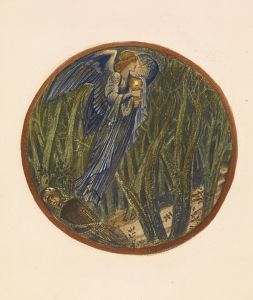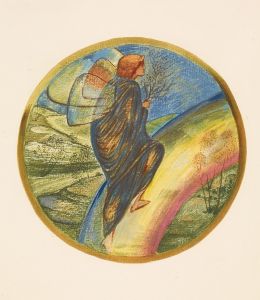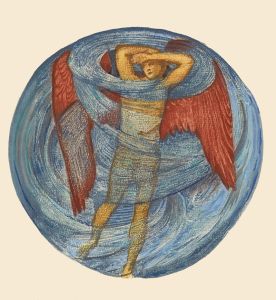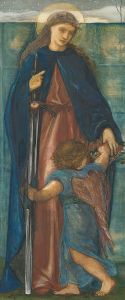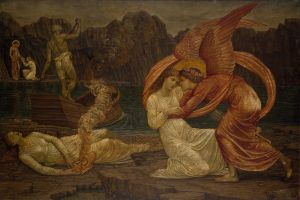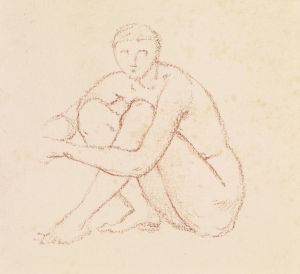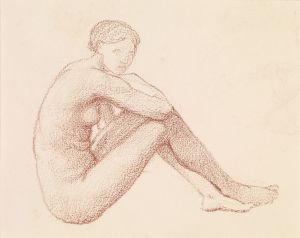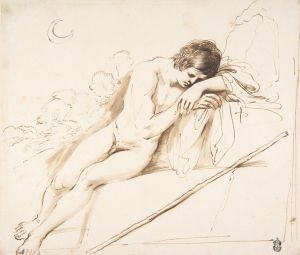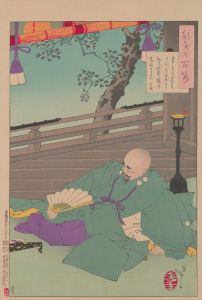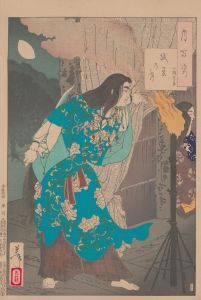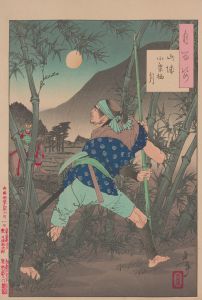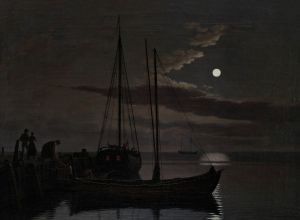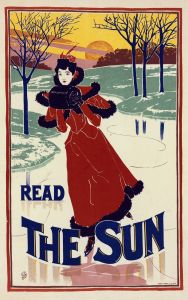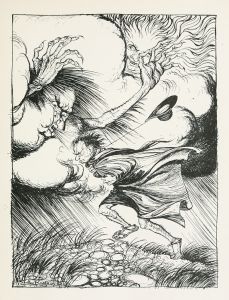
The Battle of Beth-Horon – Joshua Commanding the Sun and Moon to Stand Still
A hand-painted replica of Sir Edward Coley Burne-Jones’s masterpiece The Battle of Beth-Horon – Joshua Commanding the Sun and Moon to Stand Still, meticulously crafted by professional artists to capture the true essence of the original. Each piece is created with museum-quality canvas and rare mineral pigments, carefully painted by experienced artists with delicate brushstrokes and rich, layered colors to perfectly recreate the texture of the original artwork. Unlike machine-printed reproductions, this hand-painted version brings the painting to life, infused with the artist’s emotions and skill in every stroke. Whether for personal collection or home decoration, it instantly elevates the artistic atmosphere of any space.
"The Battle of Beth-Horon – Joshua Commanding the Sun and Moon to Stand Still" is a painting by the British artist Sir Edward Coley Burne-Jones, a prominent figure in the Pre-Raphaelite Brotherhood and the later Aesthetic Movement. This artwork is inspired by a biblical event described in the Book of Joshua, specifically in Joshua 10:12-14, where Joshua, the leader of the Israelites, commands the sun and moon to stand still to allow his army more time to defeat their enemies, the Amorites, during the battle at Gibeon.
Burne-Jones, known for his intricate and symbolic style, completed this painting in 1879. The work is a testament to his fascination with medieval themes, mythology, and biblical narratives, which were common subjects among the Pre-Raphaelites. The painting captures the dramatic moment when Joshua, with an outstretched arm, commands the celestial bodies to pause in their courses. This miraculous event is depicted with a sense of awe and divine intervention, characteristic of Burne-Jones's approach to religious and mythological subjects.
The composition of the painting is notable for its use of color and light, which Burne-Jones employs to convey the supernatural aspect of the scene. The sky is often depicted in a way that suggests the suspension of time, with the sun and moon visible simultaneously, casting an ethereal glow over the landscape and the figures below. The figures in the painting are rendered with Burne-Jones's typical attention to detail, their poses and expressions conveying the gravity and urgency of the moment.
Burne-Jones's work is often associated with the ideals of the Pre-Raphaelite Brotherhood, which sought to return to the detail, intense colors, and complex compositions of Quattrocento Italian art. His paintings frequently explore themes of beauty, heroism, and the divine, often drawing from literary and historical sources. "The Battle of Beth-Horon" is no exception, as it reflects his interest in the intersection of the human and the divine, as well as his skill in creating visually compelling narratives.
The painting is part of a larger body of work by Burne-Jones that includes other biblical and mythological subjects, showcasing his versatility and depth as an artist. His works are celebrated for their beauty and their ability to evoke a sense of wonder and contemplation. "The Battle of Beth-Horon" remains an important example of Burne-Jones's contribution to 19th-century art, illustrating his mastery of storytelling through visual art and his commitment to the ideals of the Pre-Raphaelite movement.
Today, Burne-Jones's paintings are held in high regard and can be found in major art collections and museums around the world, where they continue to be studied and admired for their artistic and historical significance.





